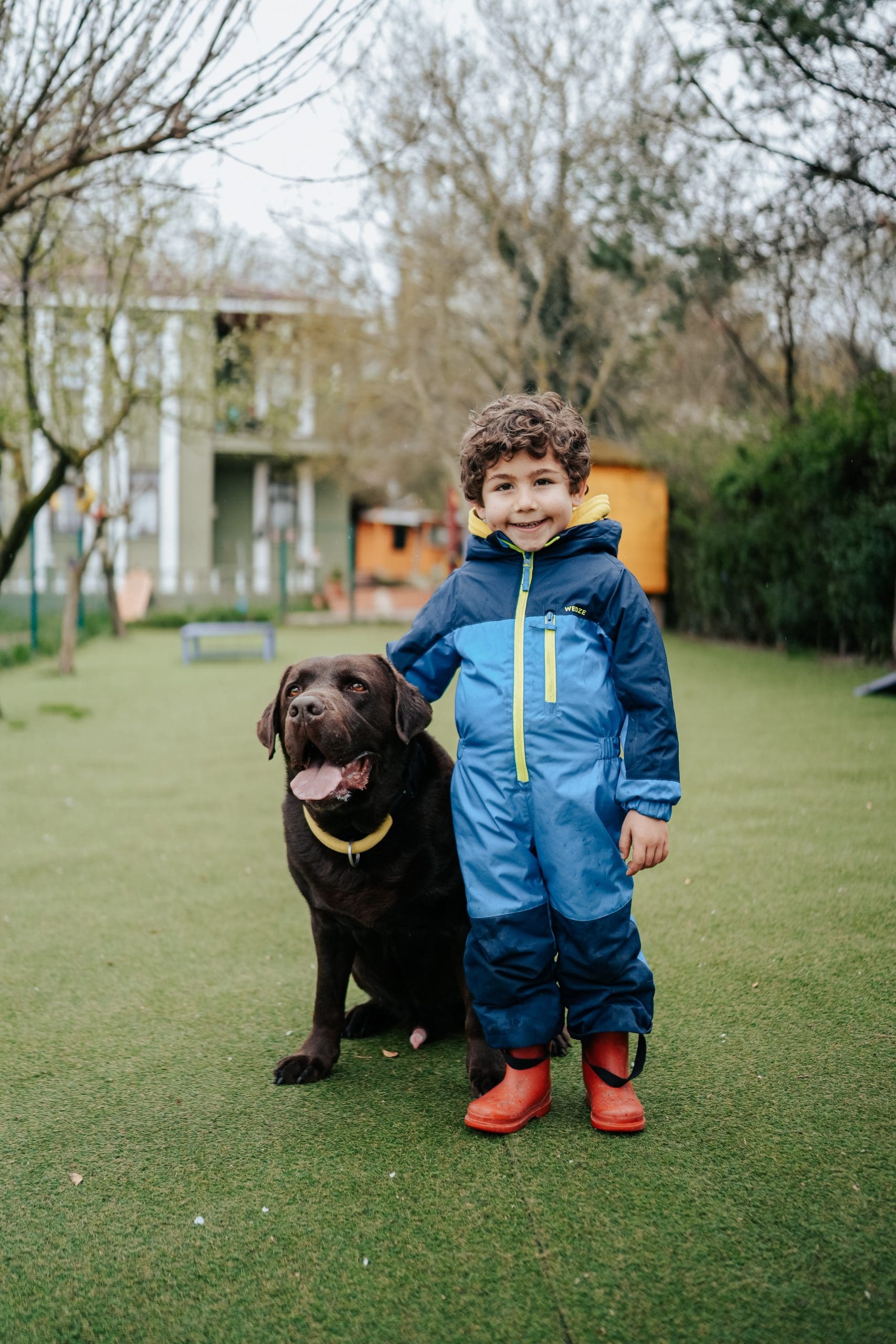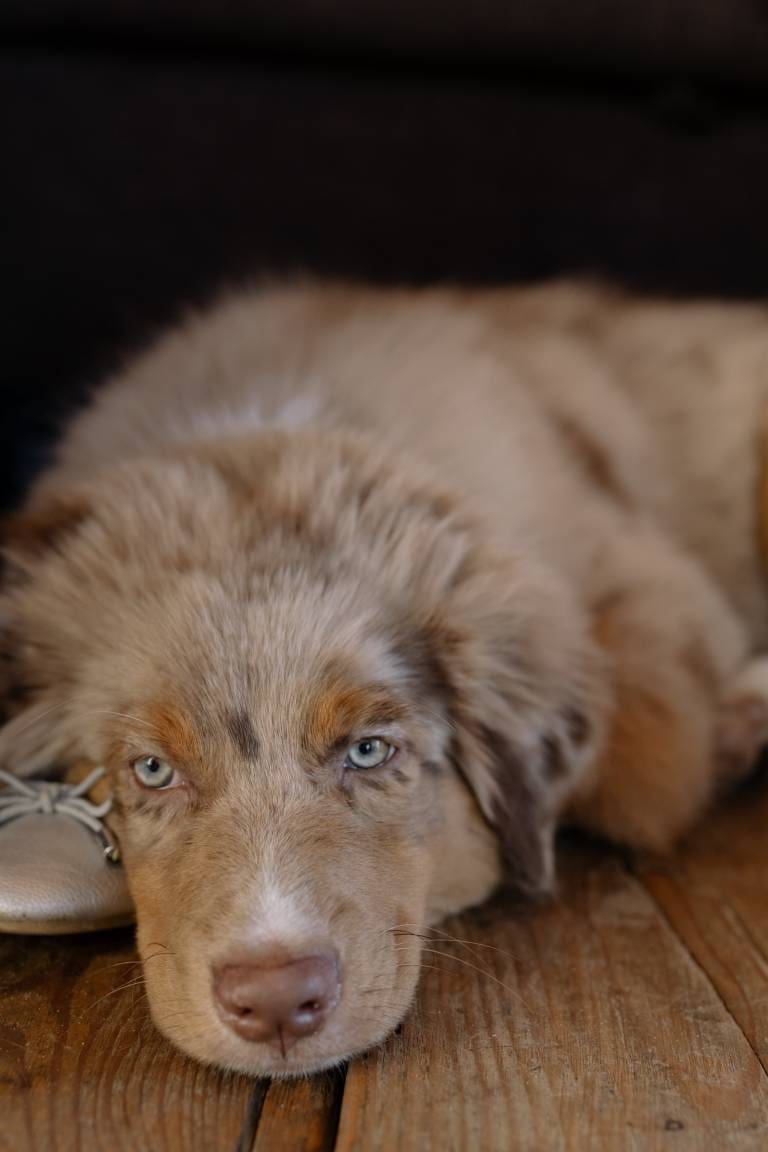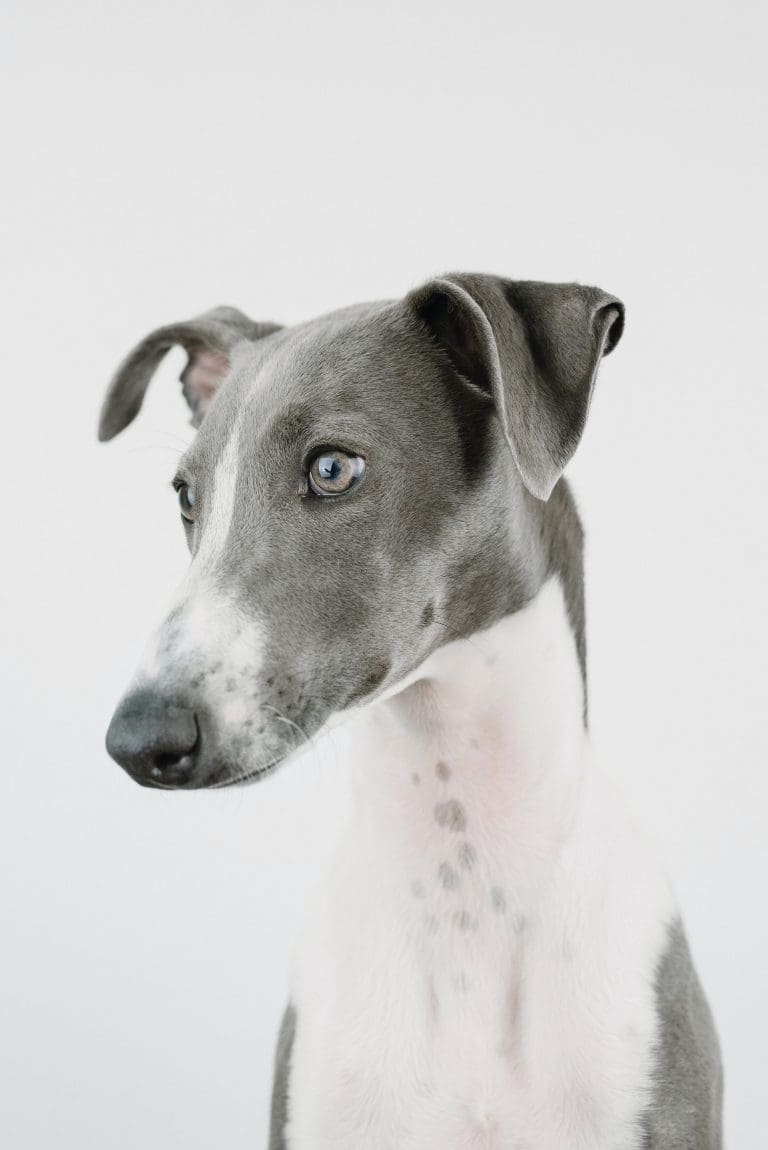What Is A Teddy Bear Dog?
Post Date:
December 10, 2024
(Date Last Modified: December 10, 2024)
A teddy bear dog conjures images of an adorable, fluffy companion resembling a cuddly toy. This term typically describes a collection of small, toy-like breeds that share an aesthetic appeal, resembling the beloved stuffed animals many cherish. Their charming looks, friendly demeanor, and affectionate personalities have made them increasingly popular among pet owners.
Teddy bear dogs are not a specific breed; rather, they are a mix of breeds that exhibit similar physical traits and temperaments. Common combinations include poodles with small breeds like Bichon Frise, Shih Tzu, or Maltese. The result is a dog sporting a soft, plush coat and a gentle expression—qualities that make them particularly endearing, especially for those seeking a small pet to snuggle with.
Notable Breeds and Their Appeal
Among the best-known teddy bear dogs is the Maltipoo, a delightful mix of Maltese and poodle. Another favorite is the Shih Poo, which combines a Shih Tzu and a poodle. These breeds’ characteristics contribute to the teddy bear appearance, featuring round faces, large eyes, and soft, curly fur. While their looks are captivating, there is more to these dogs than just their aesthetic appeal.
Temperament and Social Needs
Most teddy bear dogs are recognized for their friendly, affectionate, and social nature. They thrive on human companionship and enjoy being part of family activities, making them excellent pets for families, singles, and seniors. Their loving disposition helps them get along well with children and other pets, enhancing their role as versatile companions.
Exercise and Grooming Requirements
Despite their small size, teddy bear dogs require regular physical activity to maintain a healthy weight and overall well-being. Daily walks, outdoor playtime, or engaging indoor games meet their exercise needs. This activity is crucial for their physical fitness and mental stimulation, contributing significantly to their happiness.
Grooming is another vital aspect of teddy bear dog care. Their soft fur, while irresistibly cute, can become matted without proper maintenance. Regular brushing keeps their coats healthy and tangle-free, with many owners opting for professional grooming every few months to keep their pets looking and feeling great. Routine dental care and nail trimming also play essential roles in maintaining their overall health.
Health Considerations
Health is a significant factor when considering a teddy bear dog. Like all breeds, they may be susceptible to specific health issues. Some breeds have a genetic predisposition to conditions such as hip dysplasia, eye disorders, or respiratory problems. Regular veterinary check-ups are crucial for monitoring their health and detecting potential issues early. Responsible breeding practices are vital to mitigate the risk of inherited health problems, underscoring the importance of sourcing puppies from reputable breeders.
Commitment and Training
Owning a teddy bear dog can be a rewarding yet demanding experience. These dogs flourish with companionship and may experience anxiety if left alone for long periods. For individuals with busy schedules, exploring options like doggy daycare or hiring a pet sitter can ensure their furry friends receive the attention and care they need.
Training is essential for raising a teddy bear dog. Their intelligence and eagerness to please make them receptive to training, particularly when positive reinforcement techniques—such as treats and praise—are employed. Socialization is equally important; exposing them to various environments, people, and other animals helps cultivate well-adjusted adults.
Ethical Breeding and Adoption
The growing popularity of teddy bear dogs has led to increased availability, but it also raises concerns about breeding practices. Some breeders may prioritize appearance over health, risking potential issues in the future. Conducting thorough research and asking pertinent questions before selecting a breeder is essential. Look for breeders who emphasize the well-being of their dogs and adhere to ethical practices.
Adopting from a rescue or shelter is a commendable alternative. Many teddy bear dogs seek loving homes, and adopting offers a fulfilling opportunity to provide a second chance to a deserving pet. Shelters typically have a diverse array of breeds and mixes available, increasing the likelihood of finding the perfect teddy bear dog.
The Joy of Companionship
Living with a teddy bear dog can bring immense joy. Their playful antics, loving nature, and soft, fluffy bodies make them delightful companions for both relaxation and play. Many owners find comfort in cuddling with their teddy bear dog after a long day, and the bond formed with these pets can be incredibly rewarding.
Beyond companionship, teddy bear dogs can instill a sense of purpose in their owners’ lives. Caring for a pet fosters routine and responsibility, particularly beneficial for those who may feel lonely or disconnected. Simple activities like walking a dog can lead to new social interactions, whether meeting fellow dog owners at the park or engaging with neighbors during daily strolls.
Building a Strong Bond
Welcoming a teddy bear dog into your home requires patience and understanding. Each dog presents its unique personality and quirks, and it may take time to adjust to life together. Nurturing a strong bond demands effort and love, but the payoff is a loyal companion who brings joy to life.
A teddy bear dog embodies more than just a cute appearance. It represents a blend of affectionate personality traits, playful energy, and the potential for a profound bond with its owner. Considering the needs and characteristics of the breed mix is crucial for ensuring a harmonious relationship. With proper care, training, and love, a teddy bear dog can become a cherished family member, bringing warmth and happiness for years to come.






